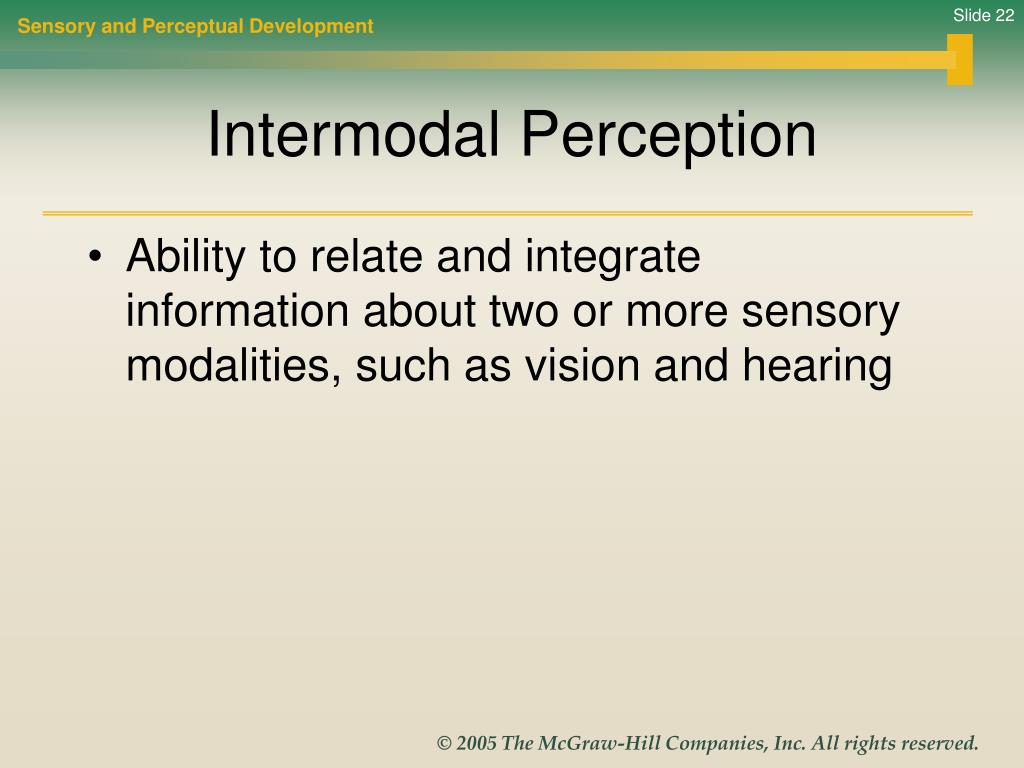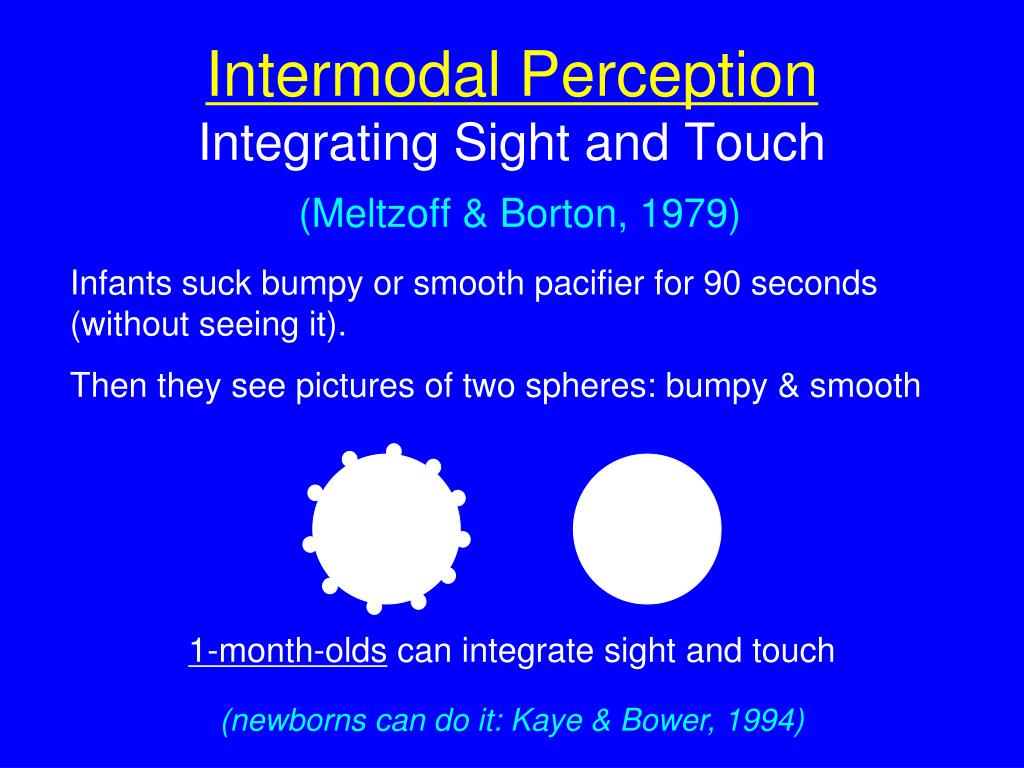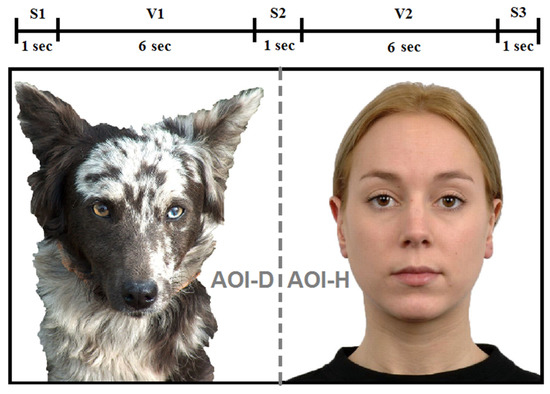

The authors suggested that, to analyze all the information embedded in a face, it is necessary to postulate reciprocal interconnections between the core system and the extended system, which comprises brain structures responsible for other cognitive functions (i.e., frontal eye fields, intra-parietal sulcus, amygdala). The core system comprises three functionally distinct regions of extrastriate cortex in both hemispheres: the inferior occipital region, which contributes to early stage of face perception, provides input both to the lateral fusiform gyrus (including the fusiform face area, FFA) for the processing of invariant characteristics of faces, and to the superior temporal sulcus (STS) for the processing of changeable aspects. This system is formed by a “core system” and an “extended system” that work in concert. Together, these findings support the hypothesis that the adult brain is equipped with a neural circuitry specialized for preferentially processing faces ( Haxby et al., 2002 Haxby and Gobbini, 2011).Īs regard with neural specialization, according to the models proposed by Haxby ( Haxby et al., 2000 Haxby and Gobbini, 2011), face processing in humans recruits a complex and distributed neural system comprised of multiple regions. Humans are expert in processing faces, and evidence from behavioral, brain lesion, and neuroimaging studies suggests that, in adults, face processing involves specific face processing strategies (i.e., functional specialization, Farah et al., 2000) carried out by dedicated brain areas (i.e., structural or neural specialization, Allison et al., 2000 Kanwisher, 2000, 2010). Among other social cues in the environment, faces are probably the most important to us as humans, since they convey relevant social information, such as identity, age, gender, emotions. The results of the 2 studies indicate that infants can discriminate happy and angry affective expressions on the basis of motion information, and that the temporal correspondences unifying these affective events may be affect-specific rhythms.The ability to detect and to discriminate social beings from inanimate objects is of paramount importance to survive.

Infants in both conditions looked longer at the affectively concordant displays. In a second study, the visual and vocal displays were produced by a single individual on one occasion and were presented to infants 5 sec out of synchrony. Infants in the point light condition showed a reliable preference for the affectively concordant displays, while infants in the fully illuminated condition showed no preference for the affectively concordant display.

In Study 1, one woman expressed the affects vocally, another woman expressed the affects facially, and what they said also differed.

Infants saw either a normally lighted face (fully illuminated condition) or a moving dot display of a face (point light condition). 7-month-old infants saw 2 video facial expressions and heard a single vocal expression characteristic of one of the facial expressions. 2 studies were conducted to examine the roles of facial motion and temporal correspondences in the intermodal perception of happy and angry expressive events.


 0 kommentar(er)
0 kommentar(er)
